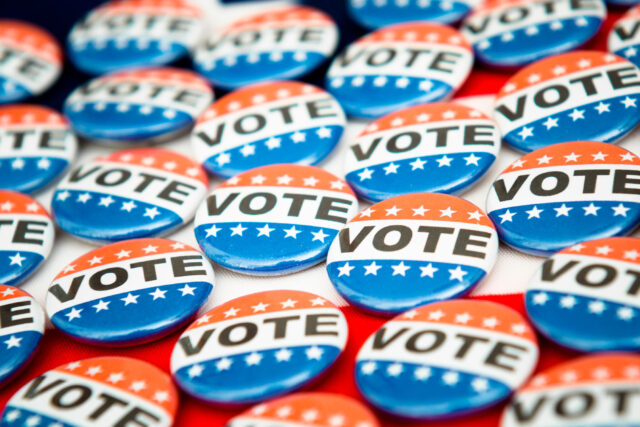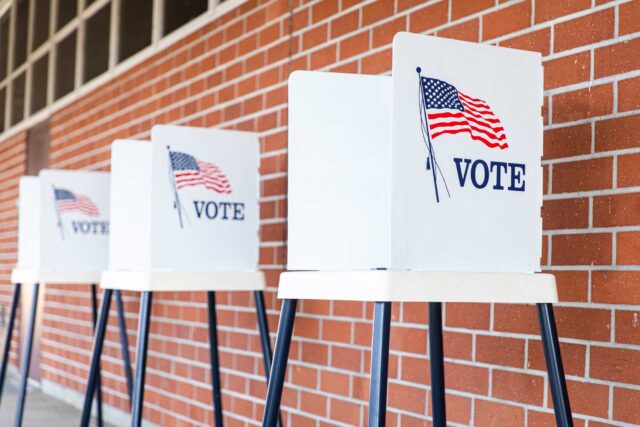In September, Californians will be asked to vote on the recall of Governor Gavin Newsom. The recall election highlights the importance of voting to California democracy. But there is a danger to that reliance: the California electorate is older, better educated, wealthier, and more likely to be white than the Californians who don’t vote. This gap between the voting public and Californians as a whole can make election results unrepresentative.
Political parties and advocacy organizations shoulder most of the burden of bridging this gap through campaigns to encourage higher participation. But there is no master list of eligible adults; mobilization efforts instead draw on the official voter registration list and/or a variety of consumer databases. This approach potentially has a major flaw: many Americans are listed with the wrong information or are not listed at all, making them politically invisible.
A recent study found fully 12% of eligible adults nationwide listed with the wrong address, many of them registered voters whose records had not been updated when they moved. Another 11% of eligible adults were not listed in the voter file or the consumer databases at all. From the perspective of organizations seeking to mobilize voters, these citizens do not exist.
Political invisibility exacerbates participation gaps. About 4 in 10 African Americans (39%) and Latinos (41%) were either mislisted or unlisted, compared to just 18% of non-Hispanic whites. Typical mislisted and unlisted citizens were also 20 years younger and had half the income of their properly listed counterparts.
California’s voter registration policies probably mitigate the problem compared to the policies of many other states. Any Californian with access to a computer can register to vote or update their registration online. Furthermore, the Secretary of State uses the National Change of Address (NCOA) file of the US Postal Service to automatically update the registration record of anyone who moves within California. And the California New Motor Voter (CNMV) system promotes voter registration and address updates for registered voters as part of driver license or state ID transactions at the DMV.
These policies undoubtedly help, but they are not perfect. The NCOA process doesn’t catch every mover, and the other systems rely on voters to notify election officials of their change of address.
Part of the solution may be to expand CNMV to other state agencies, so that Californians have more opportunities to register and update their addresses. Closing the gap may also require mobilization that goes beyond voter information lists—for example, going house by house through every neighborhood. This kind of mobilization would be expensive and difficult, but may be necessary to ensure that no eligible voter slips through the cracks.





